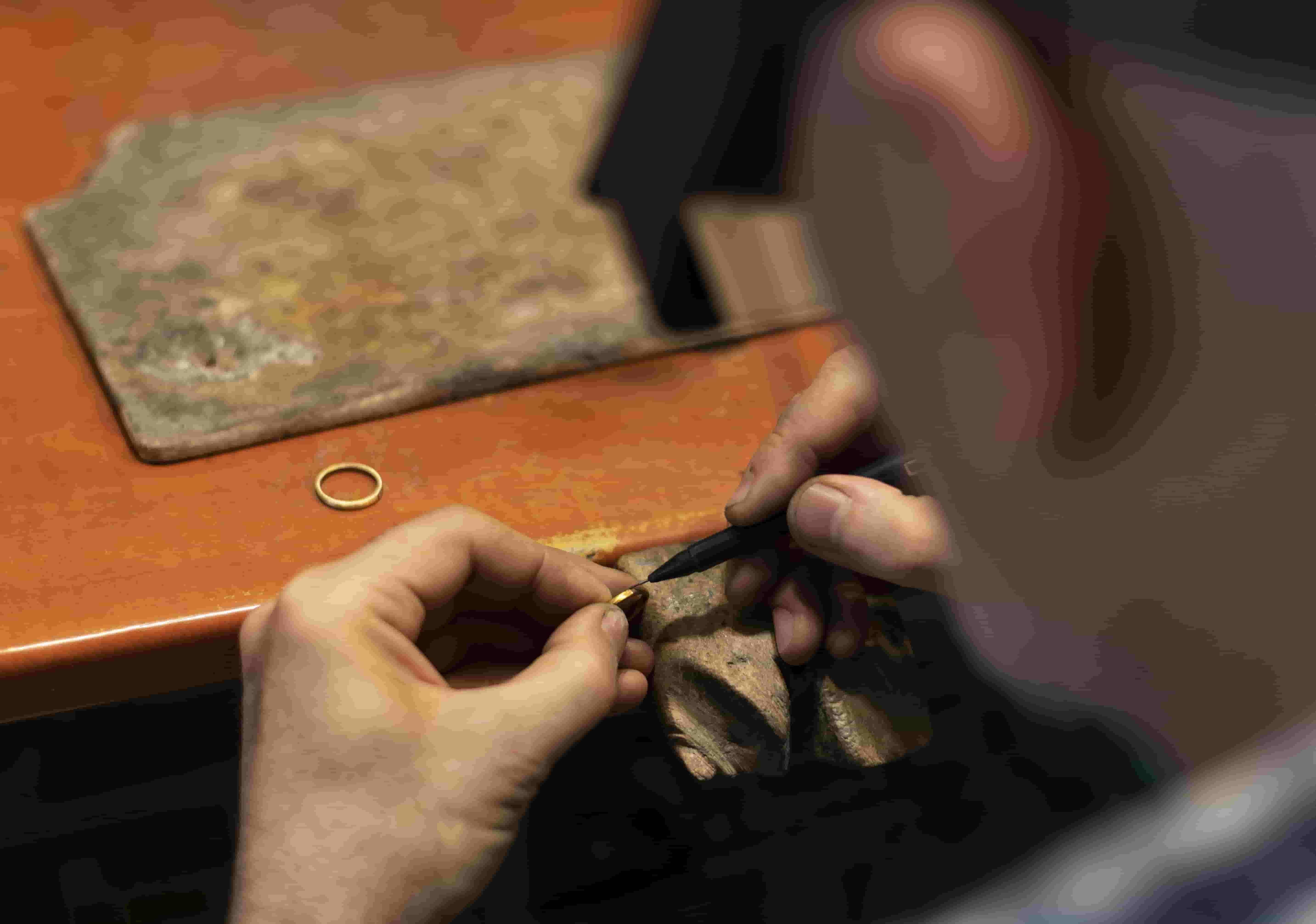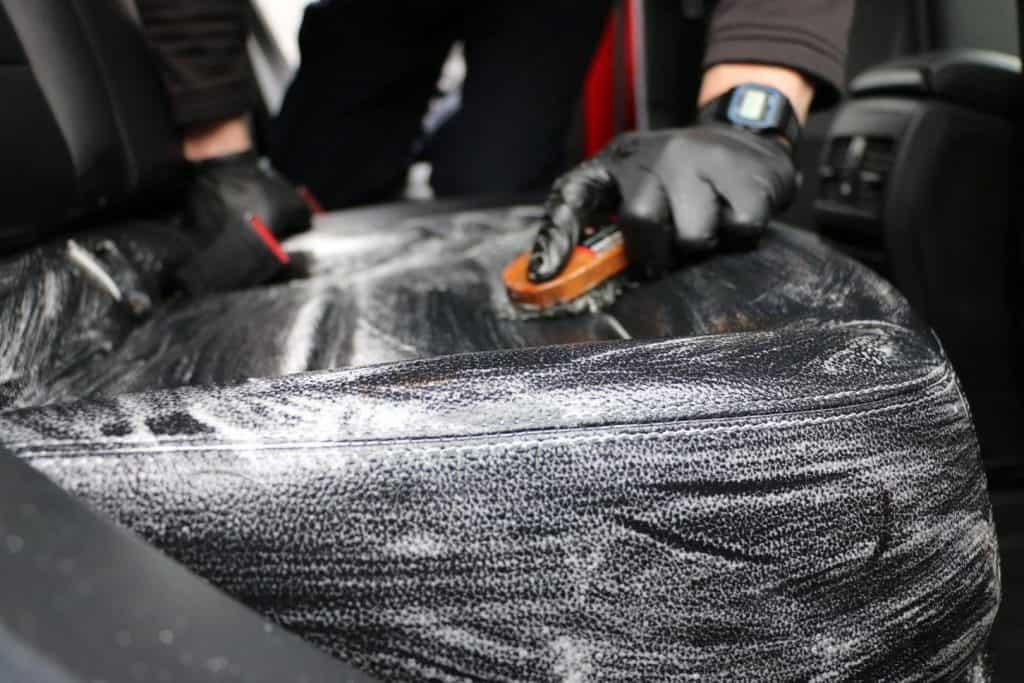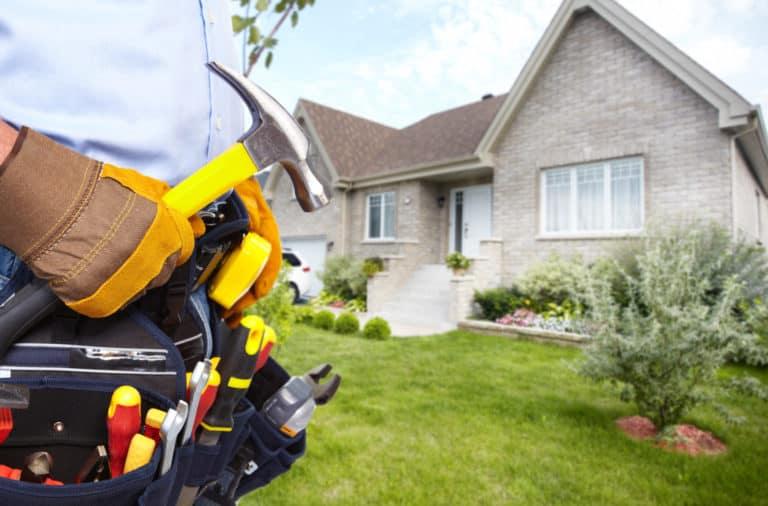A Guide to Antique Jewellery Auctions Online

Have you ever considered buying or selling antique jewellery from the comfort of your own home? The world of auctions has moved online, opening up a global marketplace for unique and historic pieces. But how do you navigate this digital landscape confidently, whether you’re a buyer or a seller?
Online auctions offer incredible opportunities to discover rare Georgian brooches or sell a treasured Victorian necklace to an international collector. However, the process comes with its own set of rules and risks.
This guide will walk you through everything you need to know about antique jewellery auctions online. We'll cover how to verify pieces remotely, understand the costs involved, and manage the process from bidding to delivery, ensuring you can participate with confidence.
What Are Online Jewellery Auctions?
How does an online auction differ from simply buying from a website like eBay or Etsy? An online auction is a professionally curated event run by an auction house, just translated into a digital format. They are not peer-to-peer marketplaces.
There are three main types you'll encounter:
- Timed Online Auctions: These run for a set period, often several days. Bidders place their maximum bids, and the system automatically bids on their behalf up to that limit. The highest bidder at the closing time wins.
- Live Online Auctions: This format mimics a traditional auction room. A live video stream shows the auctioneer selling lots in real-time. You can bid from your computer or mobile device as if you were in the room.
- Hybrid Auctions: A combination of the two, where a physical auction takes place with a live audience, but online bidders can also participate in real-time via a bidding platform.
How to Verify Authenticity Remotely
The biggest question when buying online is: how do you know what you’re getting is genuine? Reputable auction houses provide extensive information to help you assess a piece from afar.
- Read the Catalogue Notes: This is your primary source of information. It will detail the estimated age, materials, gemstone details, dimensions, and weight.
- Request a Condition Report: Always ask for a detailed condition report. This document will describe any damage, repairs, or alterations not immediately visible in photos.
- Examine High-Resolution Imagery: Zoom in on photos and videos. Look closely at hallmarks, maker's marks, stone settings, and the back of the piece. Are there signs of modern repairs on a Georgian item?
- Look for Gem Reports: For high-value stones, the auction house may provide a certificate from a recognised gemological laboratory (e.g., GIA, AnchorCert), which confirms the identity and quality of the gemstone.
- Arrange a Virtual Viewing: Many auction houses now offer video calls where a specialist can show you the piece live, answering your questions in real time.
Researching Prices and Understanding Fees
What will the final cost be? The "hammer price" is just the starting point. Whether buying or selling, you need to be aware of the associated fees.
For Buyers:
- Buyer's Premium: A percentage added to the hammer price, typically 20-30% + VAT. So, a £1,000 hammer price could mean a £1,250 bill before other fees.
- Internet Surcharge: Some platforms charge an extra fee (e.g., 3-5%) for bidding online.
- VAT: Value Added Tax is charged on the premium and other fees, not usually on the hammer price of an antique item itself (unless imported).
- Shipping and Insurance: You are responsible for the cost of safely packing and shipping your item.
For Sellers:
- Seller's Commission: A percentage deducted from the hammer price, usually 10-20% + VAT.
- Lotting & Photography Fees: Fixed charges for cataloguing and photographing your item (£20-£100+ per lot).
- Insurance: A small percentage (e.g., 1%) to cover the item while in the auction house's care.
The Step-by-Step Online Auction Process
How does it all work in practice? Let's break it down for both buyers and sellers.
A Buyer's Guide
- Registration: Before you can bid, you must register with the auction house or bidding platform. This involves providing your contact details and often proof of identity (KYC - Know Your Customer).
- Bidding: You can place an absentee bid (your maximum price) before the auction starts, or bid live. Be aware of the bidding increments (the amount the price increases with each bid).
- Payment: If you win, you'll receive an invoice. Payment is usually required within a few days via bank transfer or card.
- Shipping: Once paid, you must arrange for collection or shipping. The auction house can often recommend specialist couriers.
A Seller's Guide
- Valuation: Contact the auction house's jewellery department with photos and details of your item for a free auction estimate.
- Consignment: If you accept the estimate, you'll sign a contract outlining the reserve price (the minimum it can sell for) and all fees.
- Logistics: You'll need to securely post the item to the auction house or arrange a drop-off.
- Cataloguing: The auction house will research, photograph, and market your piece in its online catalogue.
- Sale Day: You can watch the auction live online to see your item sell.
- Settlement: You will receive payment, minus the seller's fees, typically 28-35 days after the sale, once the buyer has paid.
Risk Management and Fraud Prevention
Is it safe to buy and sell valuable antiques online? Reputable auction houses have processes in place to protect both parties.
- Pay the Auction House: You always transact directly with the auction house, never the other party. They act as a trusted intermediary.
- Avoid Off-Platform Deals: Be wary of any suggestion to complete a transaction privately to avoid fees. This removes all your protections.
- Dispute Resolution: If an item is significantly different from its description (e.g., described as gold but is only plated), the auction house has a dispute process.
- Know Your Seller: Stick to established auction houses with a long history and strong reputation.
International Bidding: What to Consider
Online auctions are global. If you're bidding on or selling an item across borders, be aware of:
- Import Duties and Taxes: If you buy from an international auction, you will likely have to pay import VAT and customs duties when the item arrives in the UK.
- CITES Regulations: Antique materials like ivory, tortoiseshell, and certain corals are restricted. Items containing these may not be shippable to your country without a specific permit.
- Cultural Property Rules: Some countries restrict the export of items deemed to be of national cultural importance.
Frequently Asked Questions
How can you spot shill bidding (where someone bids on their own item to drive up the price)?
It's very difficult to spot online, but it is illegal. Bidding histories that show one or two bidders aggressively competing far beyond the estimate can be a red flag. Stick to reputable auctioneers who police this.
Are returns allowed if I change my mind?
Generally, no. An auction purchase is a binding contract. Returns are typically only accepted if the item was grossly misrepresented in the catalogue.
Can I view the item in person?
Yes. Even for online-only auctions, most houses offer in-person viewing days by appointment. It's always recommended if you can make it.
How long does shipping take?
This depends on the courier you choose and the destination. For high-value items, specialist insured shipping is essential and may take a week or more to arrange securely.






